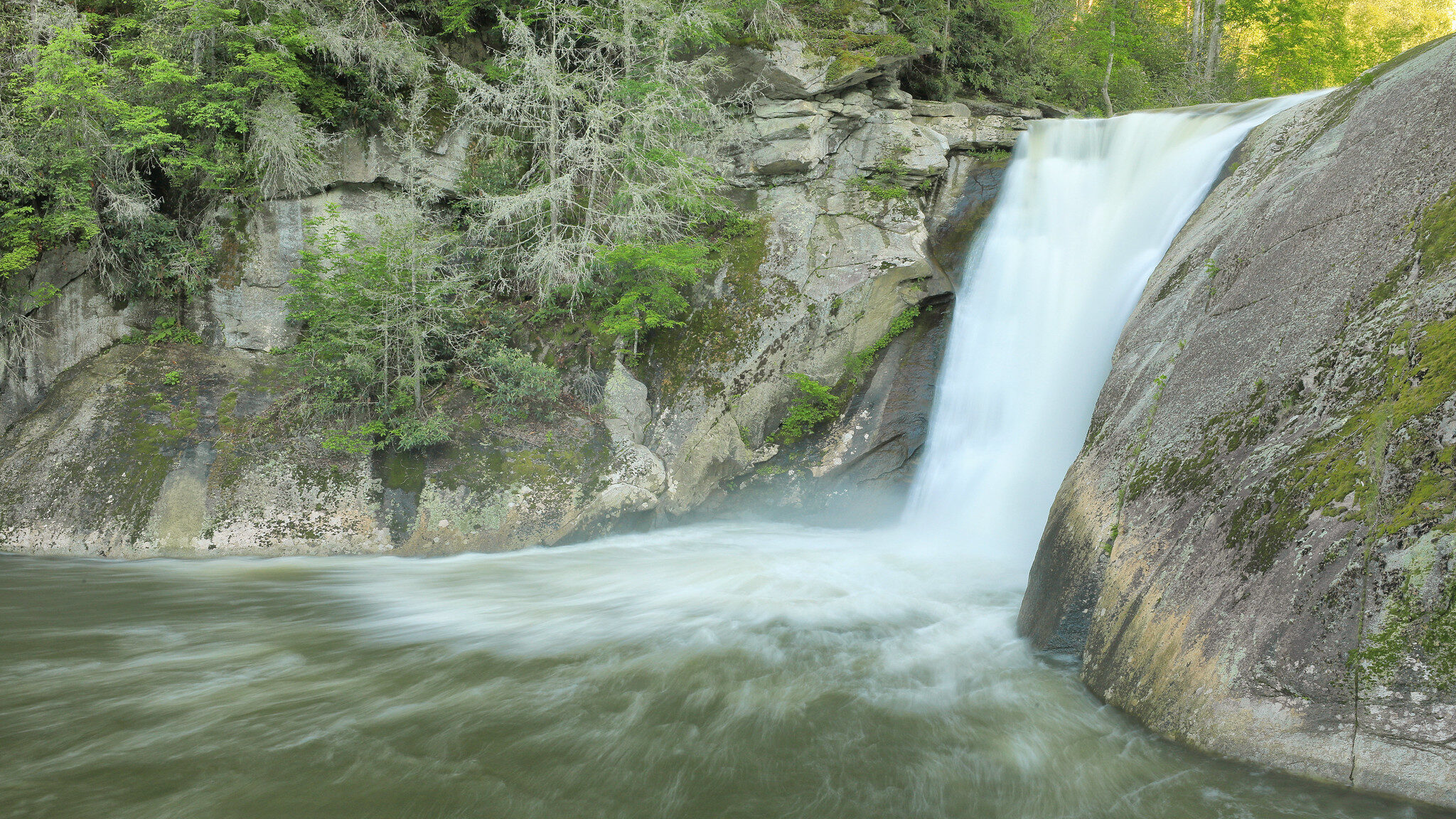Modeling Hydrologic Simulations for Past & Future Conditions across the Conterminous US

Two SE CASC supported data releases, Model Input and Output for Hydrologic Simulations for the Conterminous United States for Historical and Future Conditions Using the National Hydrologic Model Infrastructure (NHMI) and the Coupled Model Intercomparison Project Phase 5 (CMIP5), 1950 – 2100 and Application of the National Hydrologic Model Infrastructure with the Precipitation-Runoff Modeling System (NHMI-PRMS), 1950-2010, Maurer Calibration were recently published by a team led by SE CASC PI Jacob LaFontaine, USGS South Atlantic Water Science Center.
The data releases are a product of the SE CASC project, Assessment of Water Availability and Streamflow Characteristics in the Southeastern U.S. for Current and Future Climatic and Landscape Conditions.
Under a rapidly changing climate, Earth’s resources, such as water, are falling under extreme stress. Our natural resources are forced to adapt to these changes at an unprecedented rate. However, through global climate models, we can get ahead of these impending changes, and thus better prepare Earth’s systems and society for an uncertain climatic future.
Information about streamflow and streamflow variability is critical to assist natural resource managers when they make decisions related to the water needs of both human communities and ecosystems. In order for managers to effectively plan for and adapt to future climate and land cover conditions, they require information on changes that could occur in the distribution and quantity of water resources.
This data release contains inputs for and outputs from hydrologic simulations for the conterminous United States (CONUS) using the Precipitation Runoff Modeling System (PRMS) version 5.1.0 and the USGS National Hydrologic Model Infrastructure (NHMI).
The resulting data can be separated into two segments:
- Model input and output for hydrologic simulations for the conterminous United States using NHMI and the Coupled Model Intercomparison Project Phase 5 (CMIP5), 1950 – 2100
- This data serves as a complement to the below data release. These simulations were developed to provide estimates of the water budget and statistics of streamflow for historical and potential future conditions using atmospheric forcing data from Coupled Model Intercomparison Project phase 5 (CMIP5).
- Application of NHMI-PRMS, 1950-2010, Maurer Calibration
- These simulations were developed to provide estimates of the water budget for the period 1950 to 2010. The data contains historical simulations based on historically observed atmospheric forcings rather than GCM-derived forcings.
The research builds on prior work to explore water availability in the Southeastern US under potential future climate and land-cover conditions by expanding the spatial extent to include all of the contiguous United States using enhanced versions of PRMS and the Geospatial Fabric for National Hydrological Modeling. Data is available for each of the 109,951 Hydrological Response Units and 56,460 stream segments in the Geospatial Fabric. Future climate conditions are derived from IPCC AR5/CMIP5 models.
“This is the first effort to simulate how daily hydrological conditions at CONUS extent may change under climate scenarios, and the first that allows us to dig into potential risks to hydroperiod, flooding, and rapid onset drought in our river systems,” says Ryan Boyles, USGS Deputy Director for the SE CASC.
— Full citations and abstracts for the data releases follow —
LaFontaine, J.H., and Riley, J.W., 2023, Model Input and Output for Hydrologic Simulations for the Conterminous United States for Historical and Future Conditions Using the National Hydrologic Model Infrastructure (NHMI) and the Coupled Model Intercomparison Project Phase 5 (CMIP5), 1950 – 2100: U.S. Geological Survey data release, https://doi.org/10.5066/P9EBKREQ.
Summary. This data release contains inputs for and outputs from hydrologic simulations for the conterminous United States (CONUS) using the Precipitation Runoff Modeling System (PRMS) version 5.1.0 (https://www.usgs.gov/software/precipitation-runoff-modeling-system-prms) and the USGS National Hydrologic Model Infrastructure (NHMI, Regan and others, 2018). These simulations were developed to provide estimates of the water budget and statistics of streamflow for historical and potential future conditions using atmospheric forcing data from Coupled Model Intercomparison Project phase 5 (CMIP5). Specific file types include: 1) input forcings of minimum air temperature, maximum air temperature, and daily precipitation derived from general circulation models (GCM, table1_GCMs_used.csv), 2) output files of simulated streamflow for each stream segment in the model, 3) GIS files of the model hydrologic response units and stream segments, and 4) a suite of streamflow statistics for each modeled segment. This data release complements data release (https://doi.org/10.5066/P9CVHLMB) which contains historical simulations based on historically observed atmospheric forcings rather than GCM-derived forcings. The same parameter files and model configuration files were used for all model runs and are available in that data release.
LaFontaine, J.H., Hay, L.E., and Riley, J.R., 2023, Application of the National Hydrologic Model Infrastructure with the Precipitation-Runoff Modeling System (NHMI-PRMS), 1950-2010, Maurer Calibration: U.S. Geological Survey data release, https://doi.org/10.5066/P9CVHLMB.
Summary. This data release contains inputs for and outputs from hydrologic simulations for the conterminous United States (CONUS) using the Precipitation Runoff Modeling System (PRMS) version 5.1.0 and the USGS National Hydrologic Model Infrastructure (NHMI, Regan and others, 2018). These simulations were developed to provide estimates of the water budget for the period 1950 to 2010. Specific file types include: 1) input atmospheric forcings of minimum air temperature, maximum air temperature, and daily precipitation accumulation derived from a gridded observation-based dataset developed by Maurer and others (2002), 2) input parameter files for static and dynamic land cover conditions, and 3) output files of simulated water budget components for each hydrologic response unit and stream segment. Figure 1 shows the calibration methodology that was used for the model application (see LaFontaine and others, 2019 for additional information). Table 1 lists the streamgages that are included in the model application. Table 2 lists the calibration datasets that were used in addition to USGS measured streamflow. The first three years of the simulations are considered ‘model initialization’ and should not be included in any subsequent analsysis.
